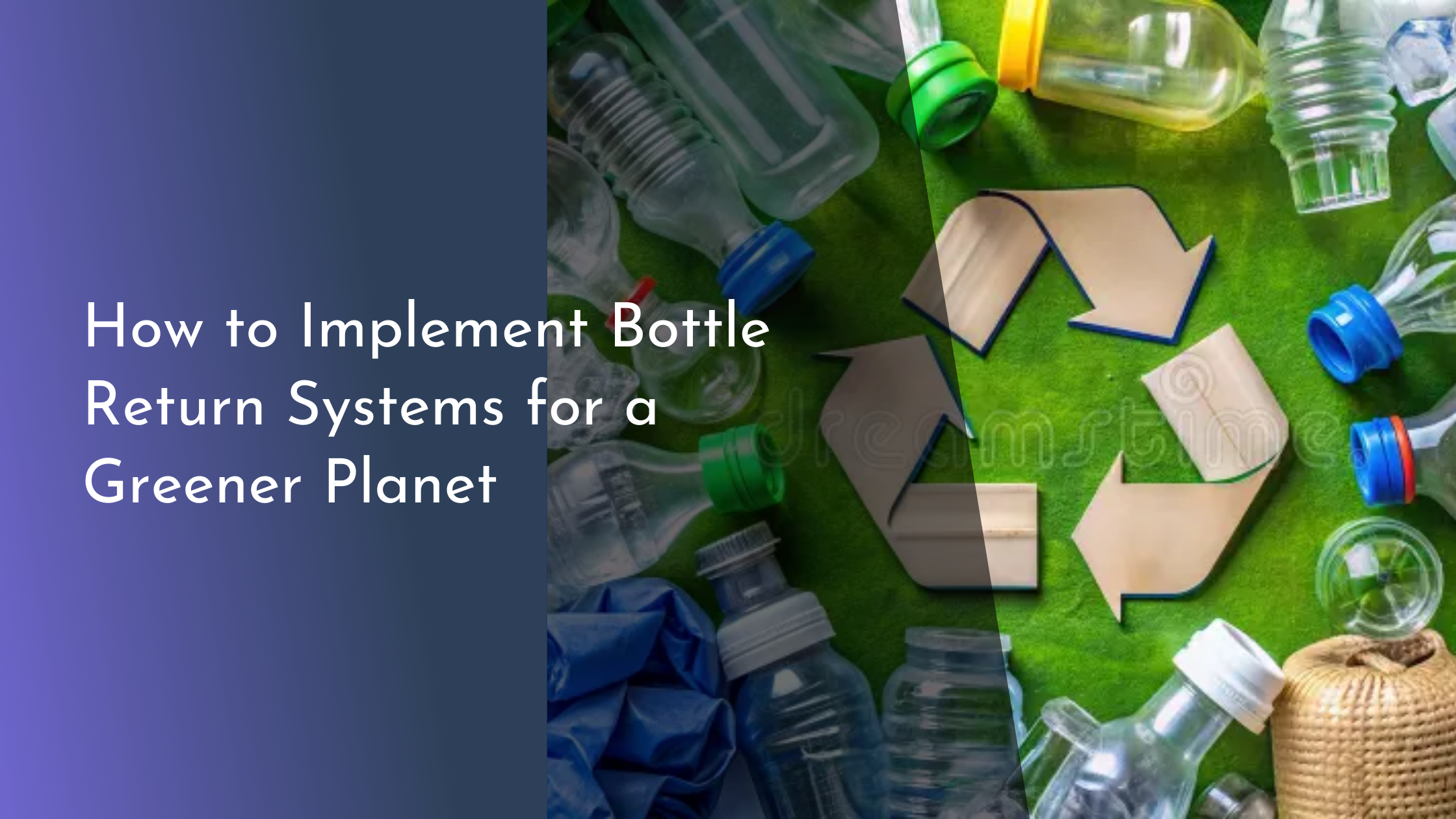How to Implement Bottle Return Systems for a Greener Planet
As the world grapples with the escalating crisis of environmental degradation, innovative solutions are taking center stage in the fight for sustainability. One such solution is the implementation of bottle return systems, which offer a practical and efficient way to reduce waste and promote recycling. These systems not only help in cutting down environmental pollution but also play a significant role in fostering a culture of responsibility and sustainability. This article explores the fundamentals of bottle return systems, the environmental benefits they offer, practical steps for implementation, and strategies to engage communities in these initiatives.
Understanding the Basics of Bottle Return Systems
Bottle return systems, often referred to as deposit return schemes, are programs designed to encourage the return of used beverage containers for recycling by offering a financial incentive. Under these systems, consumers pay a small deposit when purchasing a bottled drink, which is refunded upon returning the empty container to a designated collection point. These systems are widely used across the globe, with varying structures and levels of success, depending on local regulations and consumer engagement.
The core idea is to create a closed-loop system where bottles are continually reused and recycled, significantly reducing the need for new raw materials. This not only conserves resources but also minimizes the energy expenditure associated with manufacturing new bottles. By understanding how these systems function, businesses, governments, and individuals can work together to effectively implement them in a way that maximizes their environmental benefits.
Benefits of Bottle Return Systems for the Environment
One of the primary environmental benefits of bottle return systems is the substantial reduction in litter and pollution. By incentivizing the return of beverage containers, these systems can drastically decrease the amount of waste that ends up in landfills, oceans, and natural habitats. This, in turn, helps protect wildlife and ecosystems from the harmful effects of plastic pollution.
In addition to reducing waste, bottle return systems contribute to a circular economy by ensuring that valuable materials are reused rather than discarded. This approach not only conserves natural resources but also reduces carbon emissions associated with the production and transportation of new materials. Furthermore, the energy savings realized through recycling compared to producing new bottles are significant, as recycling often requires less energy and results in lower greenhouse gas emissions.
Steps to Successfully Implement a Return Program
The first step in implementing a successful bottle return system is to establish a clear and efficient collection infrastructure. This involves setting up convenient drop-off points such as reverse vending machines or designated collection centers in easily accessible locations. Ensuring that these points are well-distributed and user-friendly is crucial to encouraging participation. Collaborating with local retailers and municipalities can facilitate a smoother rollout and operation of the collection system.
Once the infrastructure is in place, the next step is to determine an appropriate deposit amount that balances incentivizing returns while not imposing an undue burden on consumers. This often involves research into local economic conditions and consumer behavior. It is also essential to have a streamlined process for bottle collection, sorting, and recycling to ensure that the system is cost-effective and sustainable in the long term.
Engaging Community and Promoting Participation
Community engagement is vital to the success of bottle return systems, as it helps to raise awareness and encourage widespread participation. Educational campaigns can be an effective tool, highlighting the environmental benefits and the ease of participating in the program. Schools, community groups, and local businesses can serve as partners in disseminating information and fostering a culture of sustainability.
Promoting participation also involves creating incentives that appeal to consumers. Beyond the monetary deposit, additional incentives such as loyalty programs, community rewards, or environmental pledges can motivate individuals to consistently return their bottles. By tapping into community values and offering tangible benefits, these programs can garner robust support and contribute significantly to environmental sustainability goals.
Bottle return systems represent a crucial step forward in the quest for a greener planet. By understanding their mechanics, appreciating their environmental benefits, and implementing them thoughtfully, communities can take significant strides toward sustainability. Engaging the community and promoting participation are key to their success, transforming individual actions into collective impact. As these efforts gather momentum, the vision of a cleaner, healthier environment becomes increasingly attainable, offering renewed hope for future generations.

